port-and-starboard
1 post
Don't wanna be here? Send us removal request.
Photo

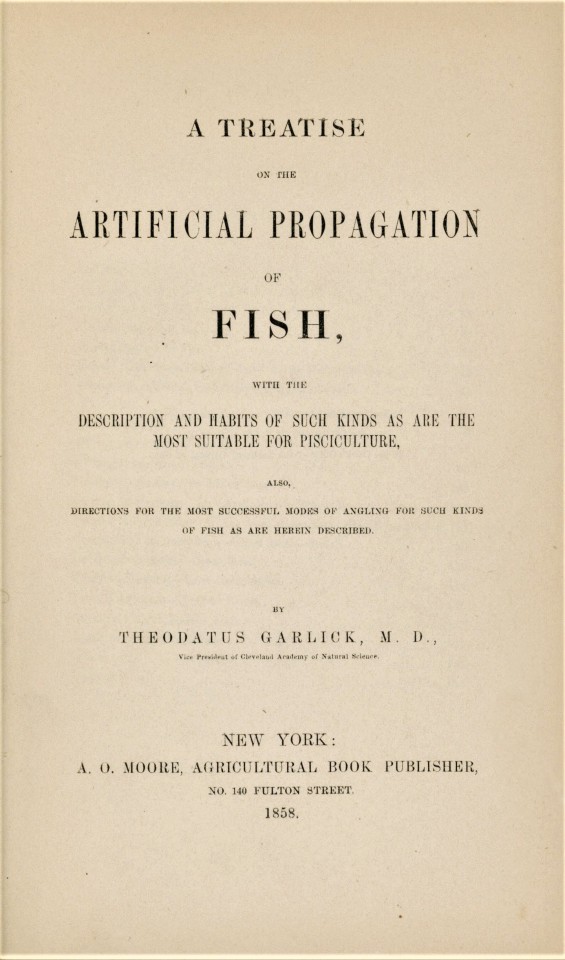
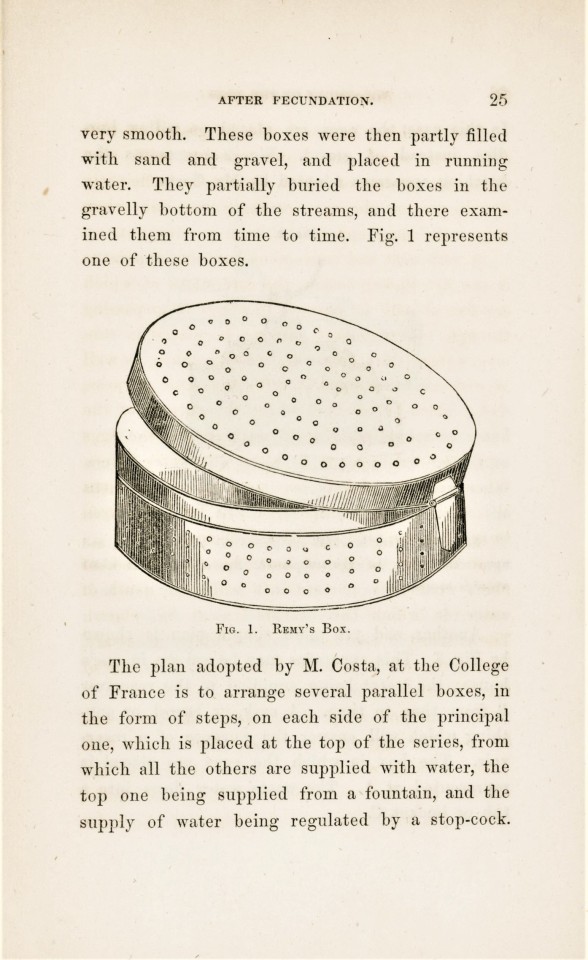
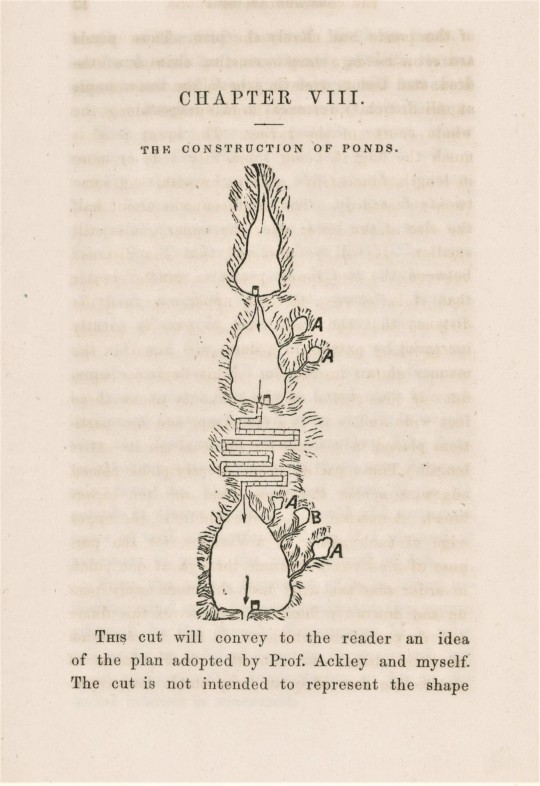


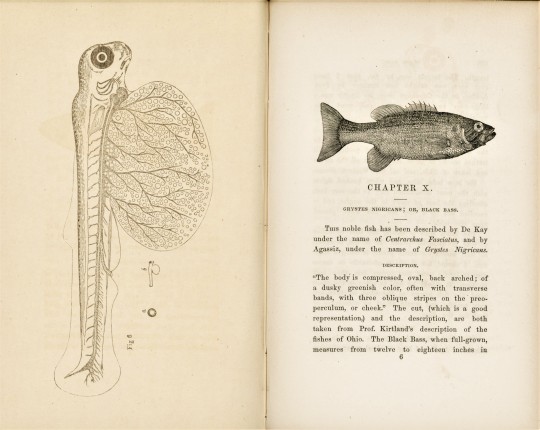
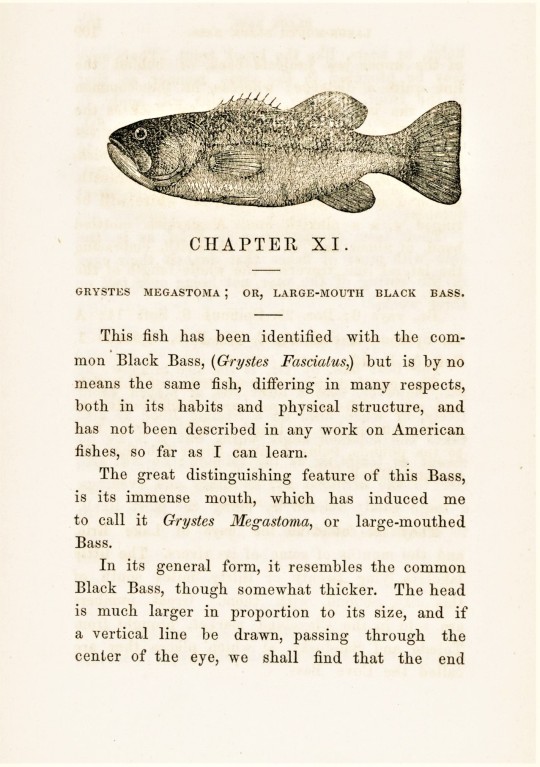
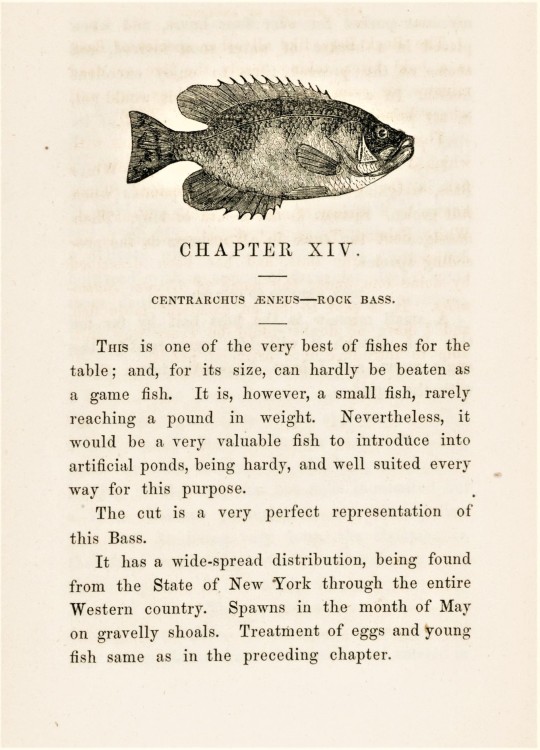
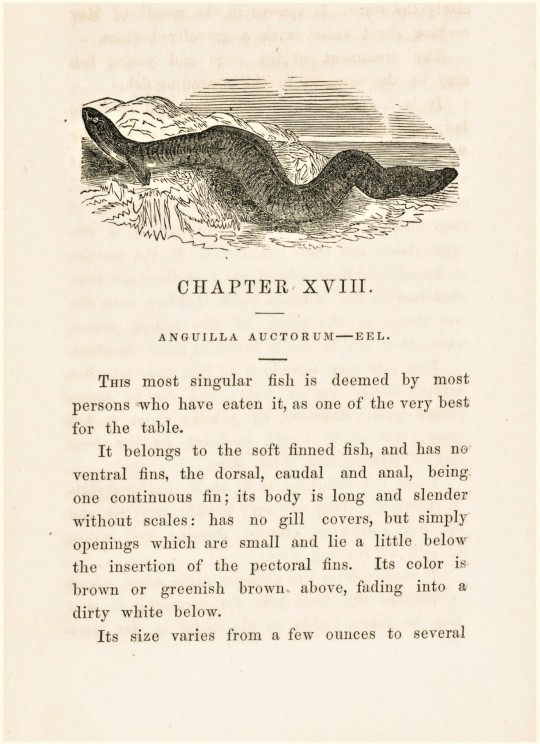
Staff Pick of the Week / Science Saturday
My staff pick is A Treatise on the Artificial Propagation of Fish, with the Description and Habits of Such Kinds as are the Most Suitable for Pisciculture by Theodatus Garlick (1805-1884), published by A.O. Moore, New York, 1858.
Theodatus Garlick was a surgeon of diverse accomplishments who spent much of his life in Ohio. He developed new procedures in plastic surgery, and is noted for performing one of the most difficult and most successful facial reconstructions of his time. He invented new instruments for operations in amputation, trepanning (drilling into the skull), and obstetrics. Garlick was the first to take a daguerreotype photograph in Cleveland Ohio with a camera he made following Daguerre’s, and he is also noted for taking the first photograph without direct light, in the shade.
In 1853, Garlick was the first to successfully artificially fertilize trout eggs and built the first fish hatchery in the United States, his work and research became an invaluable resource to the fish farming industry in the United States. Garlick first wrote these papers for The Ohio Farmer, a Cleveland Newspaper “devoted to the improvement and betterment of the farmer, his family, and farm.” Before him there was no work on fish culture which focused on native species. This work includes descriptions of American fishes and their habitats as well as detailed descriptions for artificial propagation, and the appropriate kinds of water for each fish. His works are first compiled and published here by A. O. Moore, an agricultural book publisher.
The book has a very detailed embossed cover. The wood engravings are so finely detailed I could hardly tell how they were made. The wood engravings are likely printed from stereotype, metal reproductions of the original wooden matrix, a common practice in 19th century commercial printing.
Garlick was also a highly skilled artist. He created many sculpted portraits of his colleagues and medical professionals, as well as judges and politicians. If he were not so dedicated to the sciences he may have become a very successful and well known artist.
Click here for more staff pick of the week posts!
Click here for more Science Saturday posts!
-Teddy, Special Collections Graduate Intern.
327 notes
·
View notes